Friends and Fellow Travelers,
Last I posted on this blog, I wrapped up Morocco and was headed to Egypt to take a private group around on our ‘Best of’ Egypt Tour. This 14-day specially designed boutique tour is based on my many years working, living and studying in Egypt. I’ve traveled in nearly every corner of Egypt. When putting together ArchaeoAdventures’ ‘Best of ‘ tour I carefully and thoughtfully crafted a program that is based on my favorite Egypt experiences. A trip designed specifically for women traveling in Egypt, based on the idea that seeing the country with local ladies is the best way to get into the culture and create memorable travel experiences. We visit all the highlights, some of the best ‘lesser visited’ sites, and move beyond experiencing Egypt behind the glass of a big bus window; instead on small dahabiyas (historical boats), Nile walks, walks around Cairo, swimming in the Red Sea, and quality time exploring the sites and cities. For the past few weeks, I’ve taken a private group on this tour. This is the same trip that I will be running for my upcoming November trip.
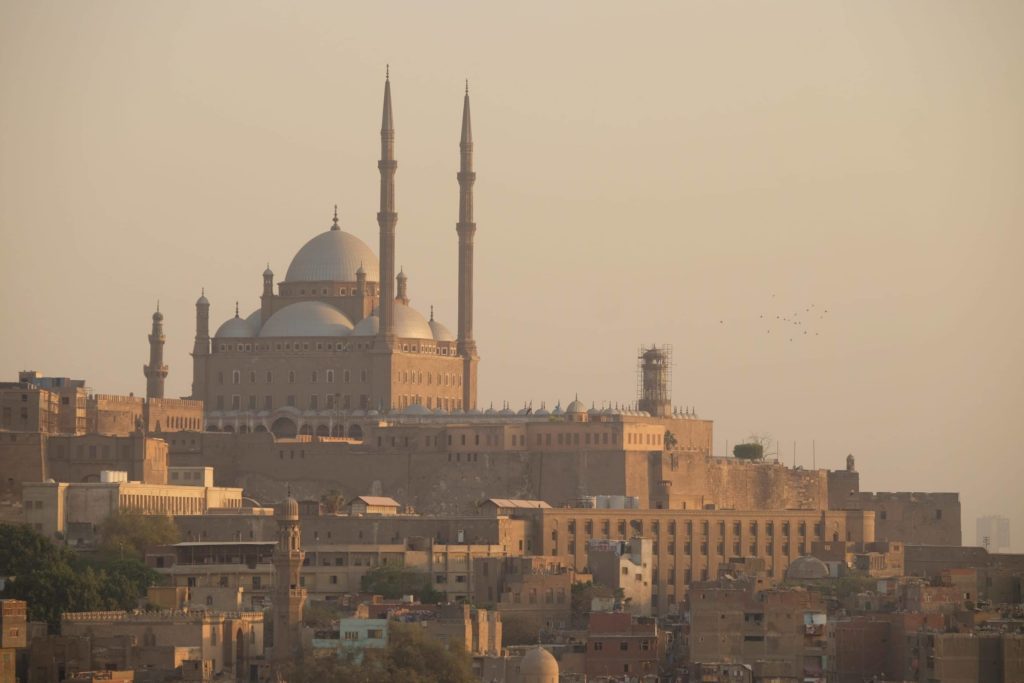
Arriving back in Cairo, it felt like coming home. I was amazed how much has changed and how quickly change is happening. There is a distinct feeling of stability, groundedness, and a sense that the future is certain. Tahrir Square is now quite respectable – once packed with tens of thousands of protestors, it’s now an organized and very clean car park. There is a large Egyptian flag flying over the Square, located on the spot of the former protestors had their camp. The large blockades diverting traffic around Tahrir have mostly been removed. Tour buses once again line up in front of the Cairo Museum. Tourists are returning to the major sites, such as the Giza Plateau, Valley of the Kings, and Alexandria. More and more European-style markets and grocery stores are popping up. Cairo now has an IMAX and a gigantic mall just outside the downtown.
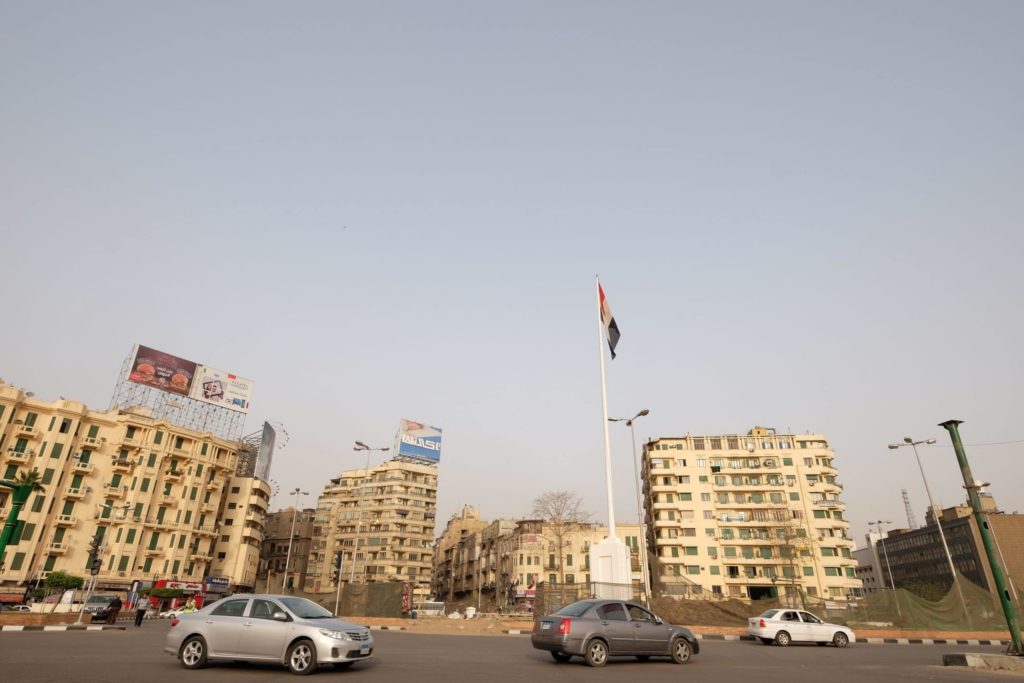
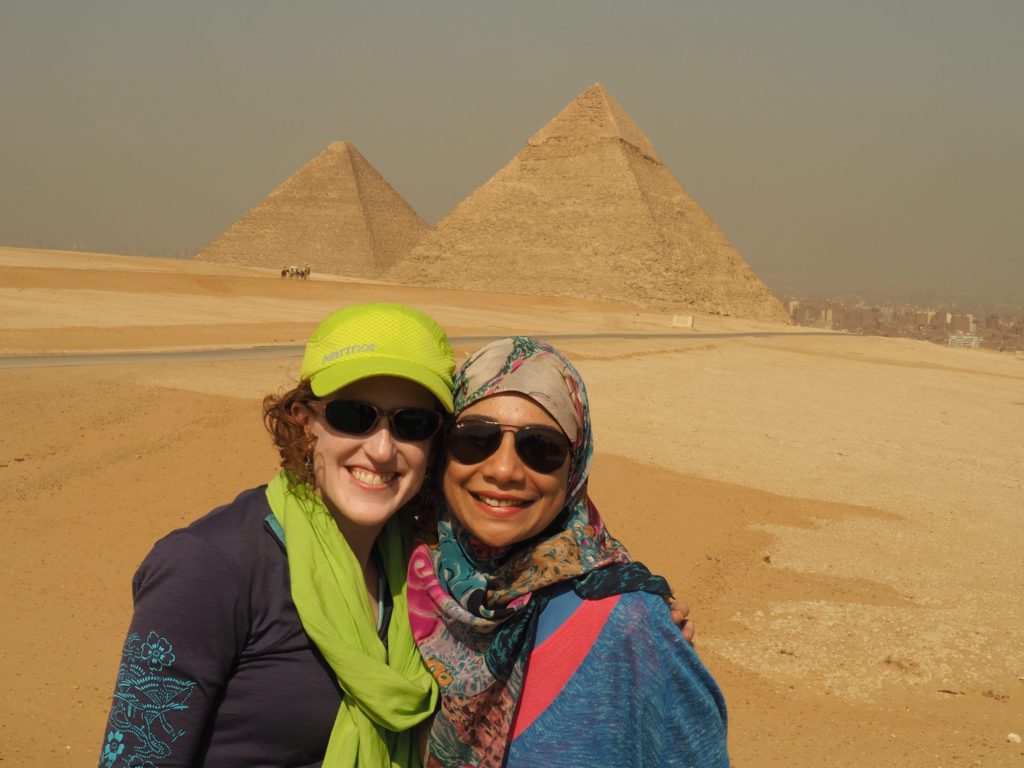
Yet, much in Egypt has remained the same. It’s still the city that never sleeps. People still hang their laundry out to dry 14 stories up. Traffic is still a mess, except on Fridays when the streets are quiet till noon (Friday is akin to Sunday morning in the States). The airport metro station is still a “work in progress.” Friday evening families and couples still stroll along the Nile corniche with bowls of koshary (Egyptian style “fast food”). Egyptians still have a strong love for family and friends, and a deep sense of hospitality toward guests. The Cairo Museum is still a labeling mess and the Giza Pyramids are still just as stunning as the first time I visited them 13 years ago. Sabaya still serve some the best Middle Eastern food in the city. Al Azhar Park remains the best greenbelt or park — an oasis of gardens, soft green grass, tree-lined walkways, tea houses and epic views of the Citadel.
Walking through Tahrir Square, I’m still shocked by how different it is now. Living on Tahrir Square in 2012, I witnessed many large scale protests, Egypt’s first democratic election, and the power the everyday person felt to directly impact and decide the direction their country. There was a feeling of great potential — change was possible and each person felt that their voice really did matter. Tahrir Square, meaning Freedom Square, was the epicenter of Egypt’s revolution. Egyptians still hold this place sacred as a symbol of their desire to live in a democratic nation.
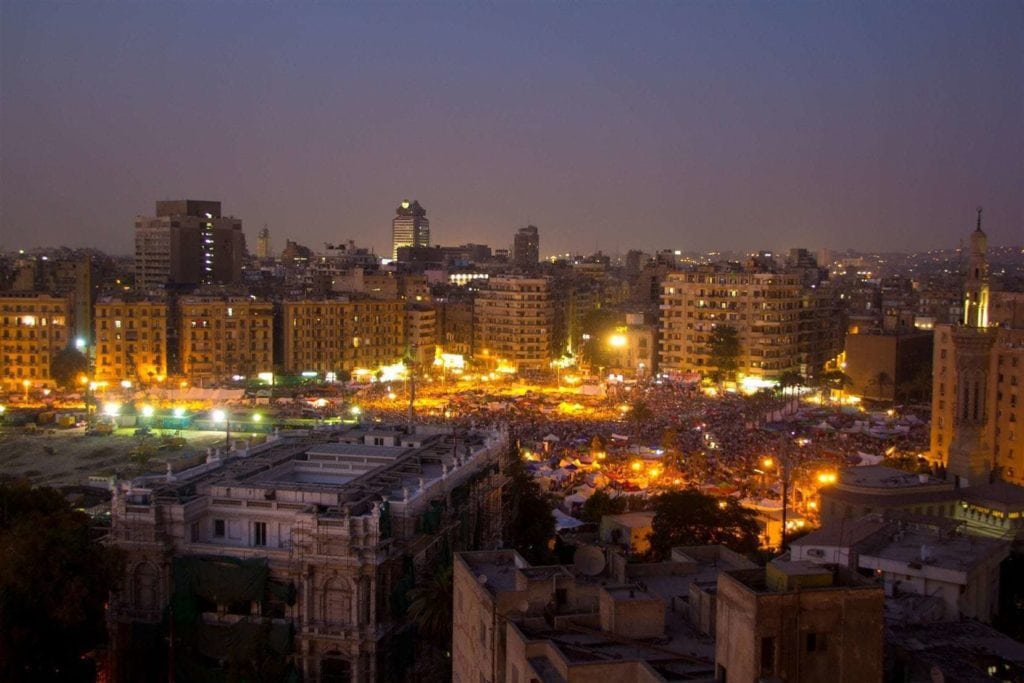
This trip to Egypt, I had three weeks to show a private group around the country, in addition to meeting with some of our great local female guides and photographing many of the important sites and cities. For my first few days in Cairo, I stayed in an apartment in a neighborhood called Dokki. I always enjoy staying in Dokki – great location, useful metro stops, good grocery stores (They’ve opened a new Metro market, feels just like Europe.), cute cafes with excellent Arabic coffee, and the Pyramids right out my window!
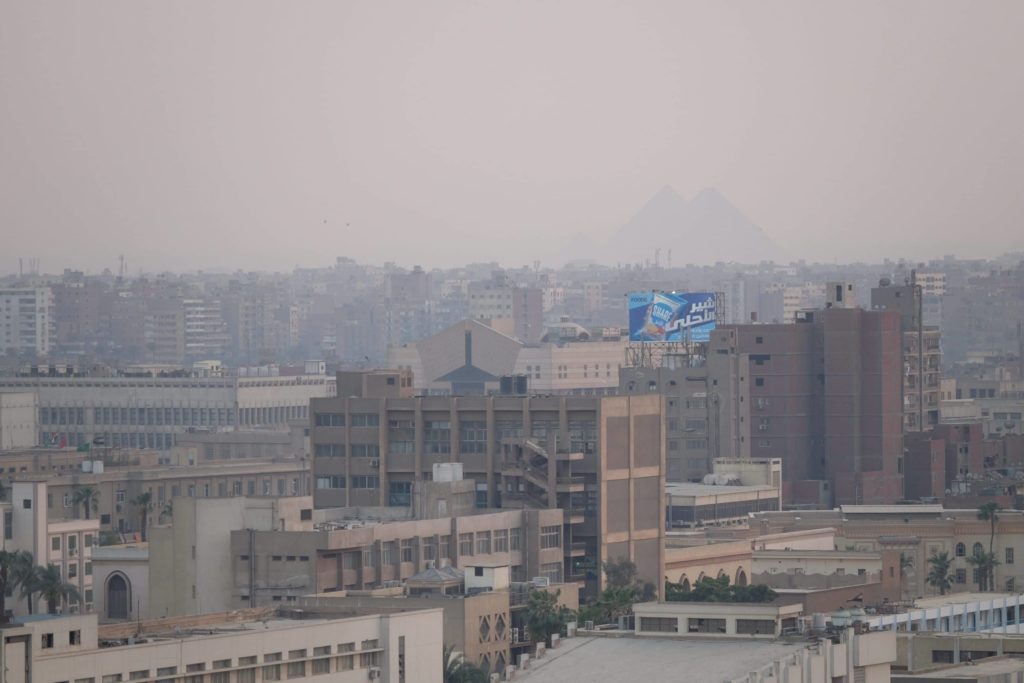
The clients then arrived and we hit the ground running. We began with Alexandria. It is a wonderful day trip from Cairo. Founded by Alexander the Great (hence the name), Alexandria’s sites span the Ptolemaic, Greco-Roman, and Roman periods, as well as include many beautiful Coptic and Islamic monuments. A Mediterranean port town — life is slower and more laid-back in Alexandria compared to it’s big brother city Cairo. I always love visiting ‘Alex’, as the locals call it, after a few days in bustling, never-stands-still Cairo. The fresh seafood is delicious, the sites are well kept (the Alexandria Archaeology Museum is an excellent museum), and the corniche is a relaxing place to stroll or grab a coffee and people watch.
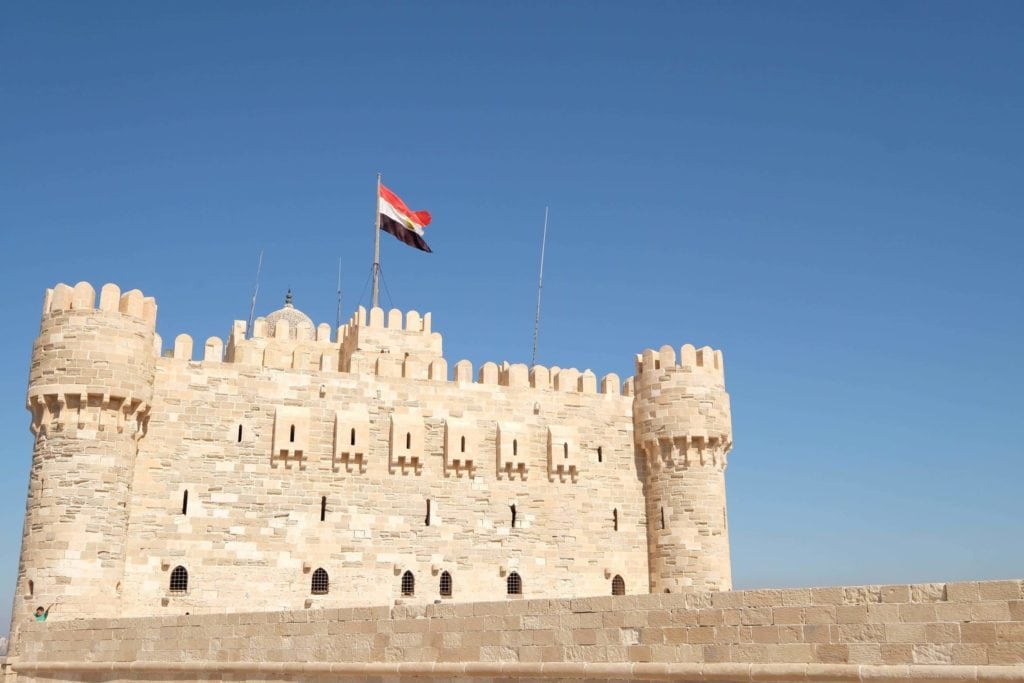
Our female local guide while in Cairo and Alexandria was Reham Ali, a passionate tour guide and historian, whose extensive knowledge of modern-day and ancient Egypt, archaeology, and Egyptian culture made the cities and sites long, rich history come to life. A knowledgeable local guide can be a good value — bringing the country’s complex history to life and helping you get into the culture.
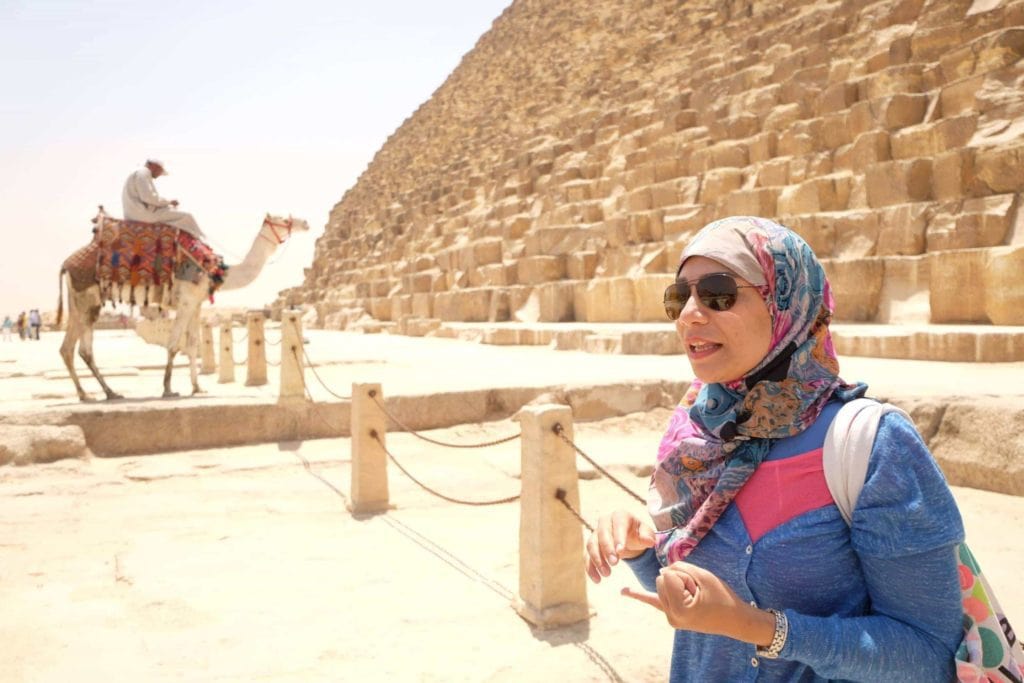
Around Cairo there many sites to explore. Any trip to Egypt is not complete without a visit to the Giza Pyramids. But, those aren’t the only easily visited pyramids around Cairo, there are also the pyramids at Saqqara and Dahshur (and for Egyptophiles the harder to reach pyramids at Abu Sir and Meidum). At Giza, we explored the Great Pyramid and Khafre’s Pyramid; also visiting the Sphinx, riding a camel at the pyramids, learning about the Solar Boats found at the base of Khufu’s pyramid, channeling our inner Indiana Jones while exploring Hetephere’s burial chamber (Khufu’s mother), eating at one of my favorite restaurants in Cairo – Andrea (serves the best grilled chicken in Cairo), and ending the day with a sunset horse ride around the Pyramids.
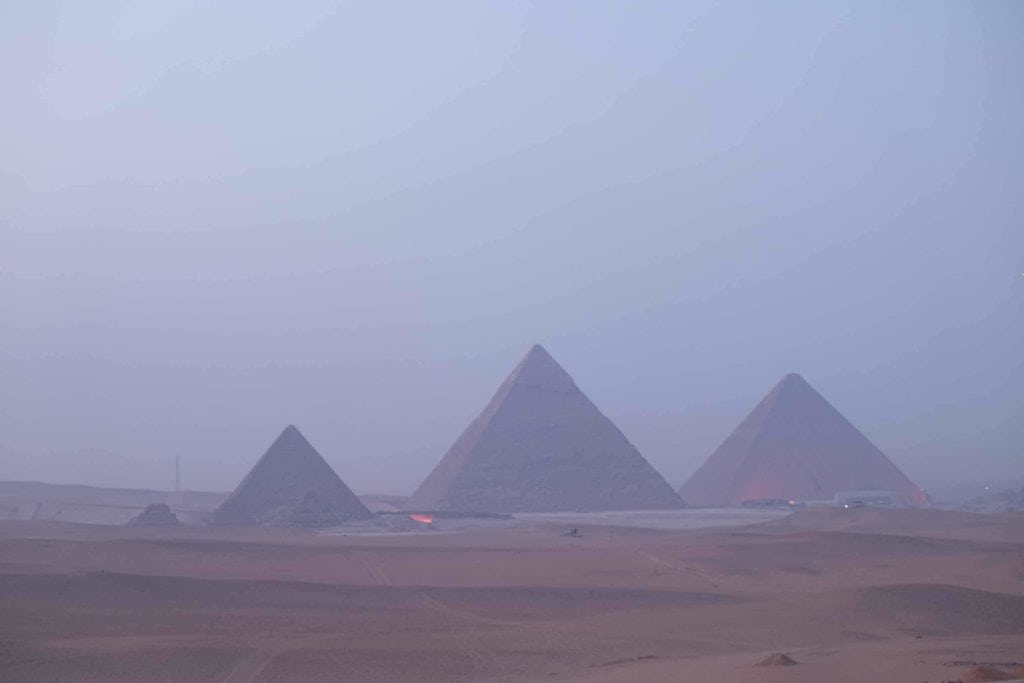
We also visited Djoser’s Step Pyramid at Saqqara (Djoser was the first Pharaoh to build Pyramids), and Sneferu’s Pyramids at Dahshur. Khufu may have built the largest pyramid, but his father Sneferu has the most at between 3-7 pyramids. (There is debate amongst archaeologist as to whether a few pyramids belonged to Sneferu or to other Pharaohs.) Saqqara and Dahshur are beautiful sites, which I find more enjoyable than the hectic and overcrowded Giza Plateau.
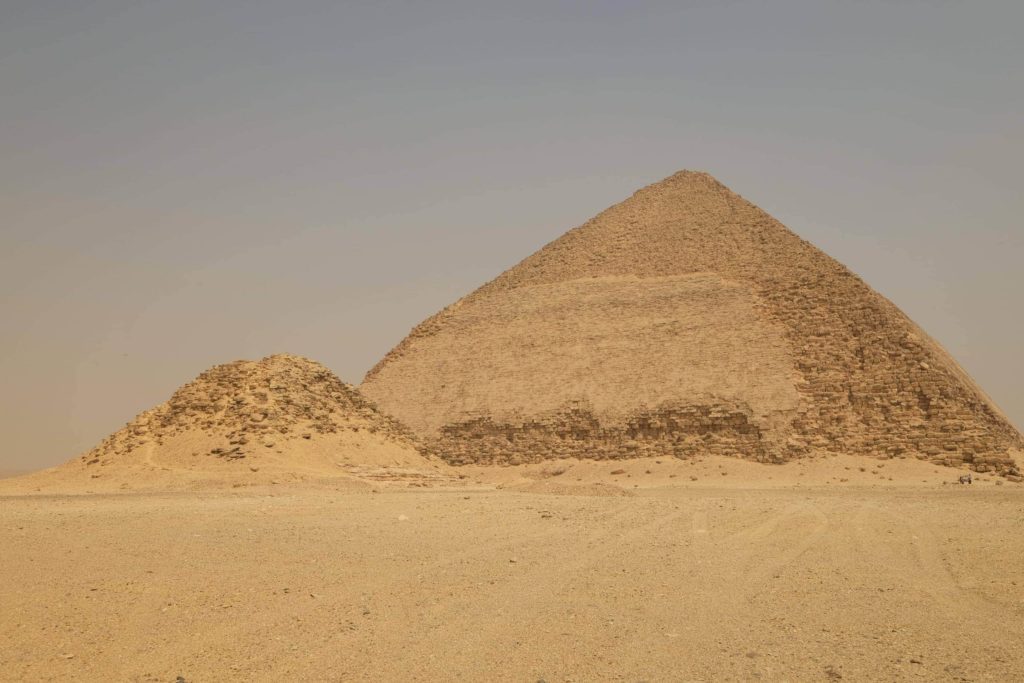
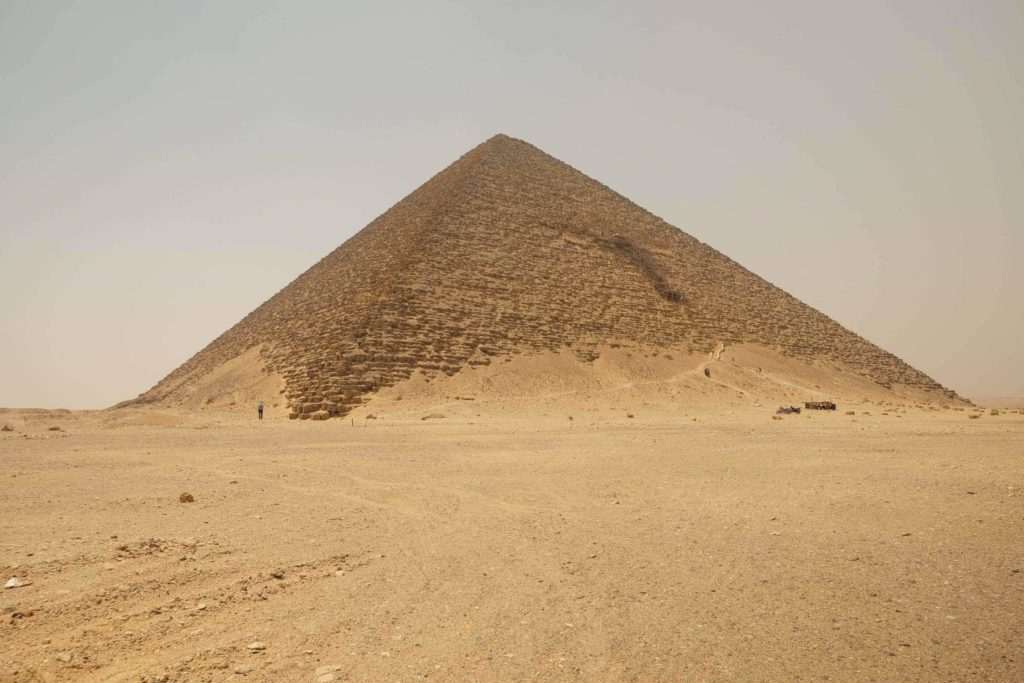
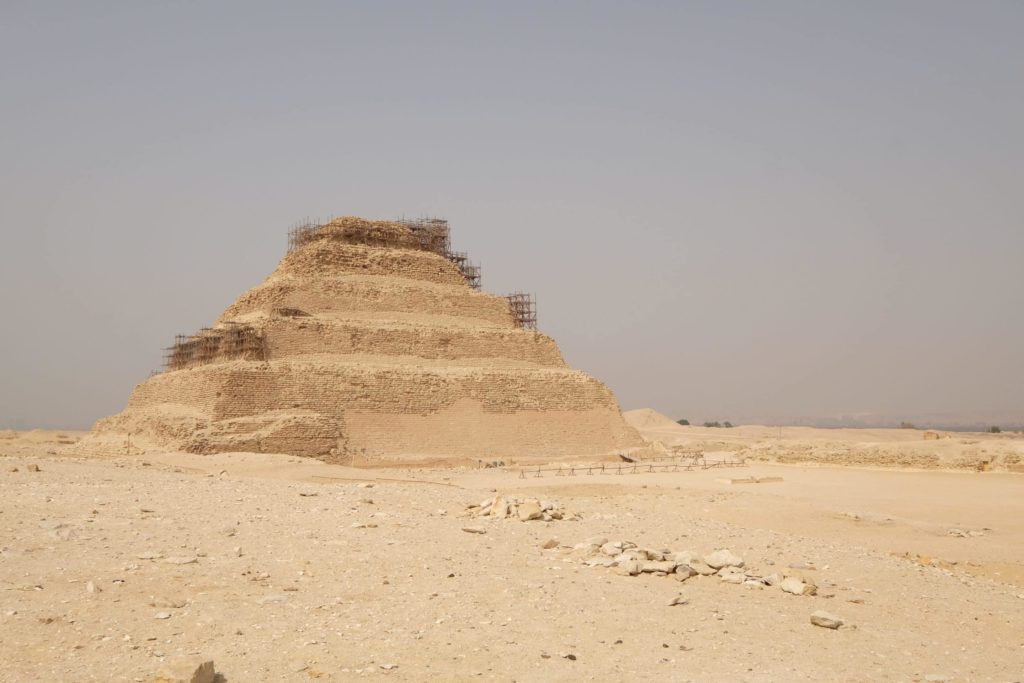
In addition to the desert pyramids and tombs, Cairo has many other fascinating sights in the Islamic and Coptic areas; as well as the one of the greatest collections of antiquities anywhere in the world at the Cairo Museum. When I take both my private groups and my public tours around Egypt, I always like to mix in Islamic and Coptic Cairo with the ancient antiquities. Egypt is famous for it’s ancient Egyptian history, but it also has one of the greatest collection of old Islamic areas in the world. It is also the only place in the world to experience the Coptic churches and history (which dates back to the last ancient Egyptian period). I enjoy walking the twisting cobbled streets of Old Cairo, popping into thousand year old mosques, exploring one of the first universities and marveling at the stunning Coptic churches. We began with the Citadel and a sweeping view over Old Cairo. Then it was down onto the ancient streets to explore some of the oldest mosques in the world. After walking through a thousand years of Islamic history, we headed over to Coptic Cairo and their subterranean city below the current street level. Coptic, a form of Christianity, is only found in Egypt. The Coptic language dates back 2,000 years and is believed to be derived from the last ancient Egyptian language, Demotic. I end any visit to Old Cairo with a sunset stroll through Al Azhar park. The best and largest park in Cairo, it provides stunning views of the Citadel and Old Cairo.
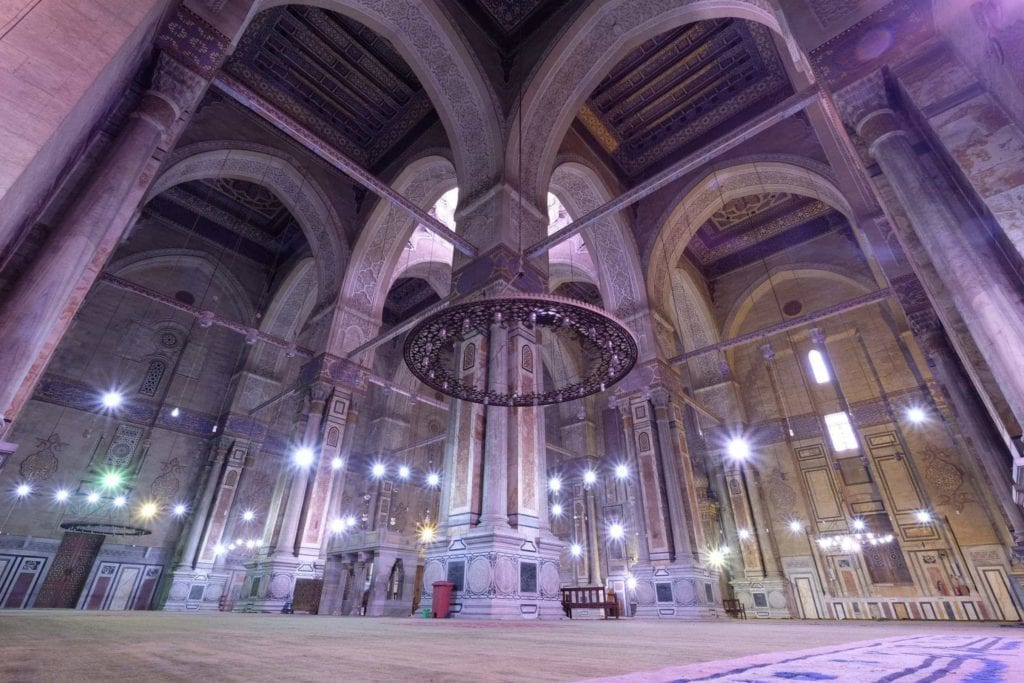
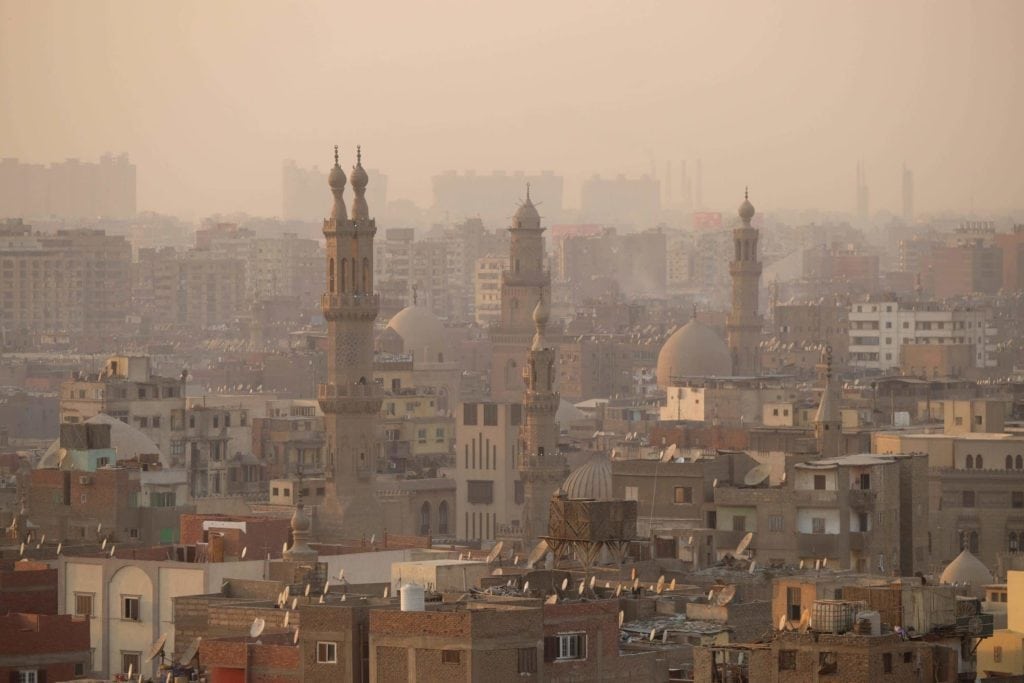
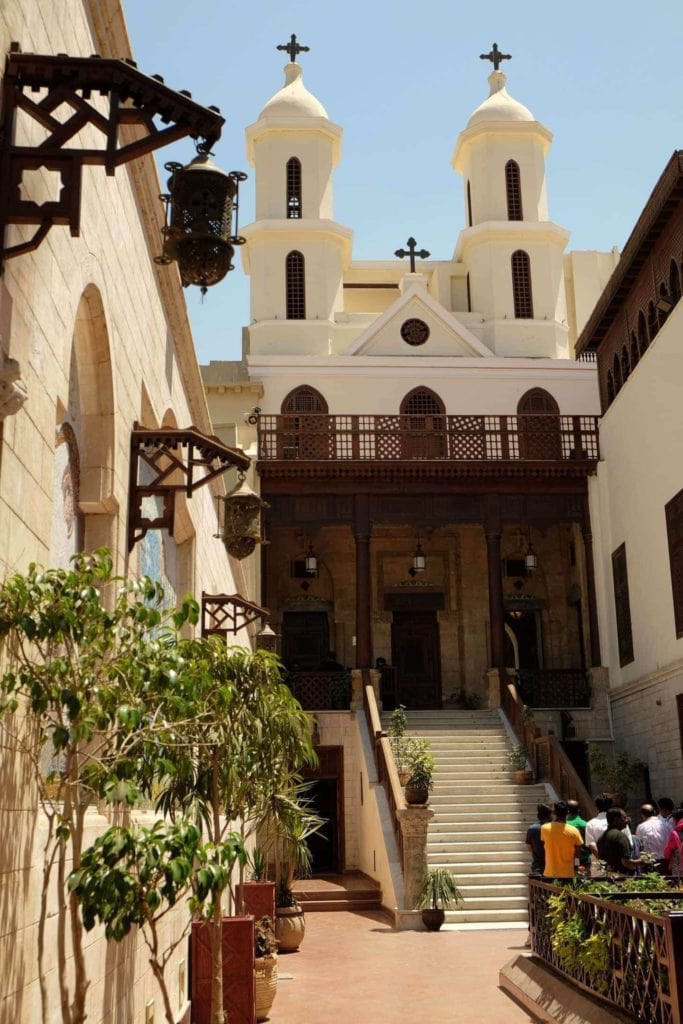
While in Cairo, we also devoted a half day to the massive Cairo Museum. It’s arguable one of the greatest collection of antiquities anywhere in the world. Every time I visit, I’m impressed by the collection’s masterpieces. Jam-packed to the rafters with amazing antiquities; we spent a solid 4 hours exploring the best of ancient Egypt. The tour buses arrive mid-day and leave at about 4pm, so we had the halls to ourselves for the last hour. Each time I visit the museum I still discover new artifacts. On this visit, I saw the legendary Tutankhamun mask, which had been recently damaged. The conservers did an excellent job on the restoration. Much of what was stolen or damaged during the 2011 break in was returned or fixed and back on display. We even noted quite a few new informative labels. Take note, cameras are still not permitted.
From Cairo, our group took the short hour-long flight to Luxor, in the middle of Egypt, to spend a few days exploring the famous temples and tombs on the East and West Banks. I love spending time in Luxor. Even though the town is only short flight from Cairo, geographically it feels a world away. The area around Luxor looks very different than the northern part of the country. Rather than cities, lush river deltas, ocean coasts, and pyramids; Luxor is a region of jagged desert cliffs, massive temple complexes, beautifully decorated tombs, and thriving agricultural fields hugging the snaking curves of the Nile river. Luxor is divided into on two sides of the Nile, the East and West Banks. The West Banks is the city of the dead — tombs and mortuary temples. The East Bank is the city of the living; the location of the cities and palaces of ancient Thebes (called Waset by the ancient Egyptians). The temples of Karnak and Luxor are located here. These two temples honor the many different important deities of ancient Egypt and were designed to be sacred places for the Egyptian people, rather than temples dedicated to the death cult of a specific Pharaoh. The main city of ancient Thebes would have also been located on the East Bank, looking out over the funerary sites of the West Bank.
The West Bank is packed with history, massive temples and stunning tombs. I find it best to split the West Bank into two days, even the most hardened Egyptophile can burn out easily with the plethora of important temples and tombs. Besides the big highlights, the Valley of the Kings and Hatshepsut’s mortuary temple, we visited a few of my favorite lesser-visited sites including the Ramesseum, Seti I’s mortuary temple, the Tombs of the Nobles, the Valley of the Queens, the Village of the Workers, and Medinet Habu (Rameses III’s mortuary temple). These are great sites without the crowds of the Valley of the Kings and Deir el-Bahari (Hatshepsut’s Mortuary Temple).
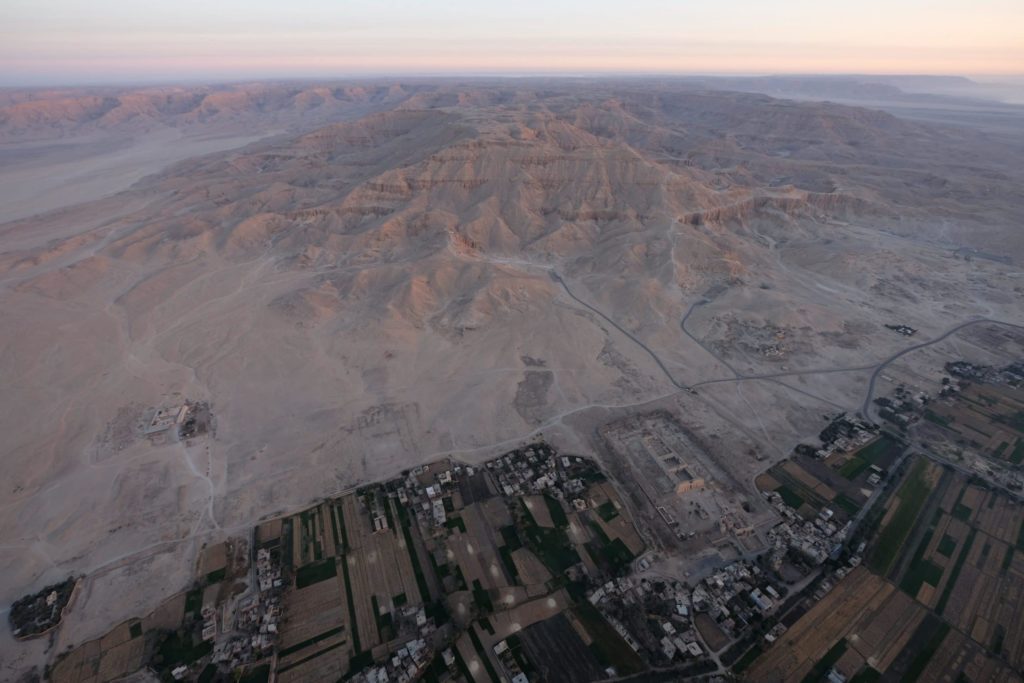
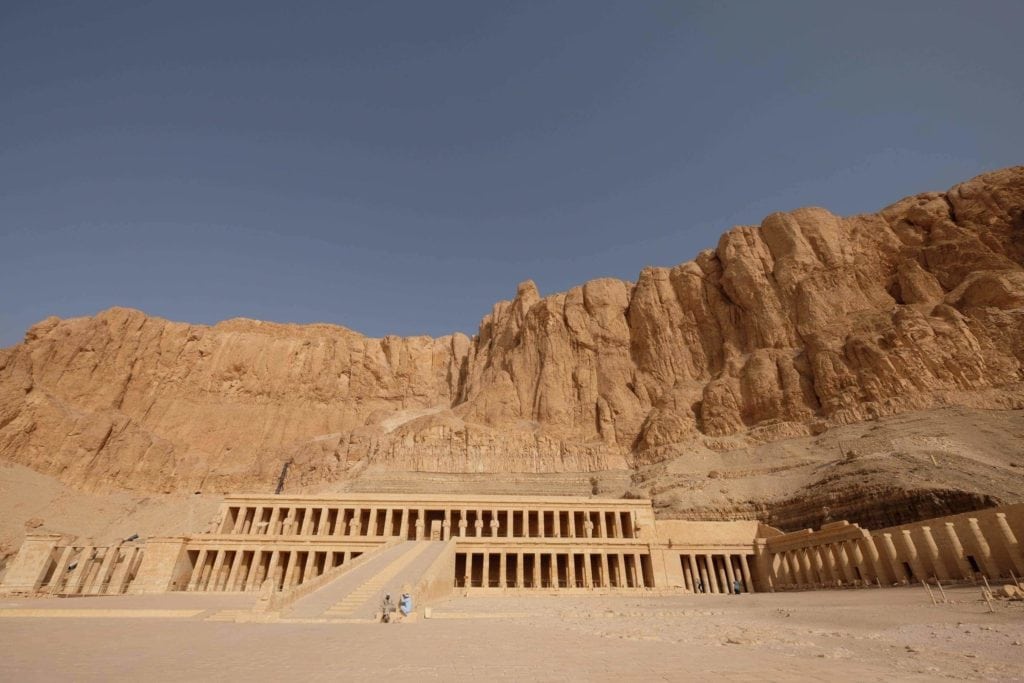
We began our mornings very early to beat the heat and the crowds. Travel in Egypt has changed from individual travel to big bus style trips. This is a more a factor of what the tour industry wants to do to maximize profit, rather than any security or safety issues. And it’s certainly not better for the travelers themselves. Small groups tours and independent travel are the best way connect with a country and culture. By arriving to the busiest sites first, we were able to enjoy them before the large buses arrived. For the first half hour we were able to enjoy Hatshepsut’s temple all to ourselves! It’s a beautiful temple located at the base of the jagged desert peaks which flank the Valley of the Kings. Until recently, travelers could hike up over this peak and into the Valley of the Kings. At the moment, this hike is closed. From Deir el-Bahari, we drove to the Valley of the Kings. Currently, 6 tombs are open – Ramses IX, Ramses V and VI (one tomb), Merenptah, Septah, Ramses III, and Tut (Tut and Ramses V/VI and Septah are purchased as separate tickets). We also visited the Tomb of Ay in the Valley of the Monkeys. I love exploring the Valley of the Kings. The tomb reliefs are stunning. Walking through the tombs I feel like I get the unique privilege of being able to walk through the owner’s inner world – what they loved, what they wanted to show the world, what was most important to them, the face they wanted project, and also the subtle private things that they only wanted to share with themselves and the gods. I love seeing the world through their eyes in the stories, lessons and information they put on their tombs. From the Valley of the Kings we finished the day with the Valley of the Queens. Nefertari’s tomb, the best preserved tomb in Egypt, is still only opened for 20,000 EGP. (Hey, 20 friends and travelers if you want to each split the cost at $1,000 EGP a person we can buy access into the best preserved tomb in Egypt! We can also buy the Great Pyramid for one evening at this price.) In the Valley of the Queens, travelers can visit the tombs of two of Ramses III’s son and one of Ramses III’s wives. These tombs are beautifully decorated and nicely compliment the reliefs in the Valley of the Kings.
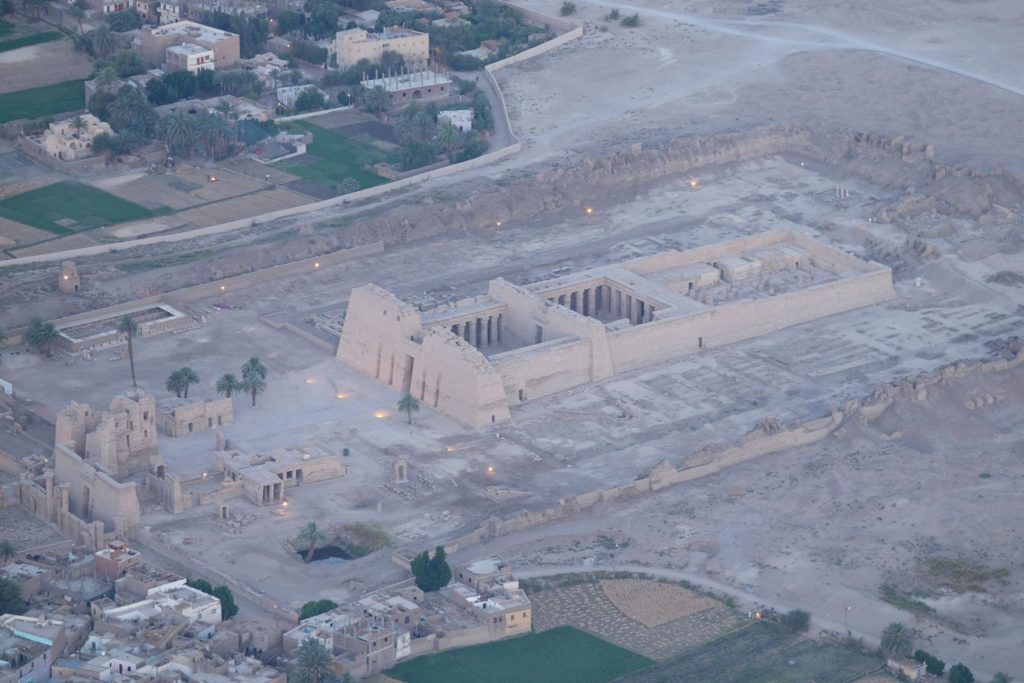
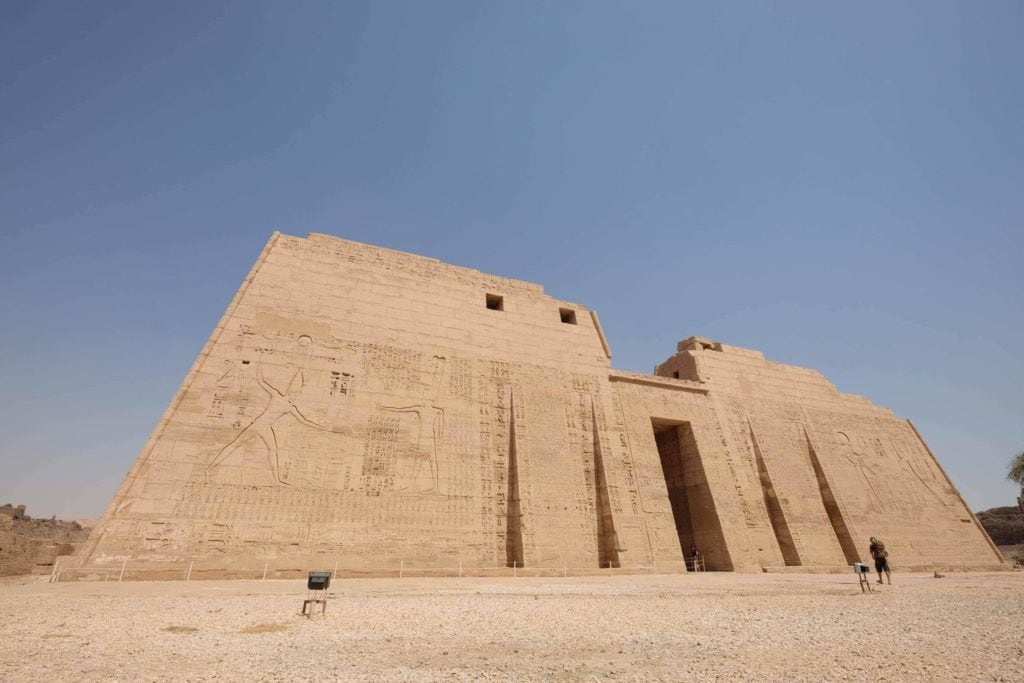
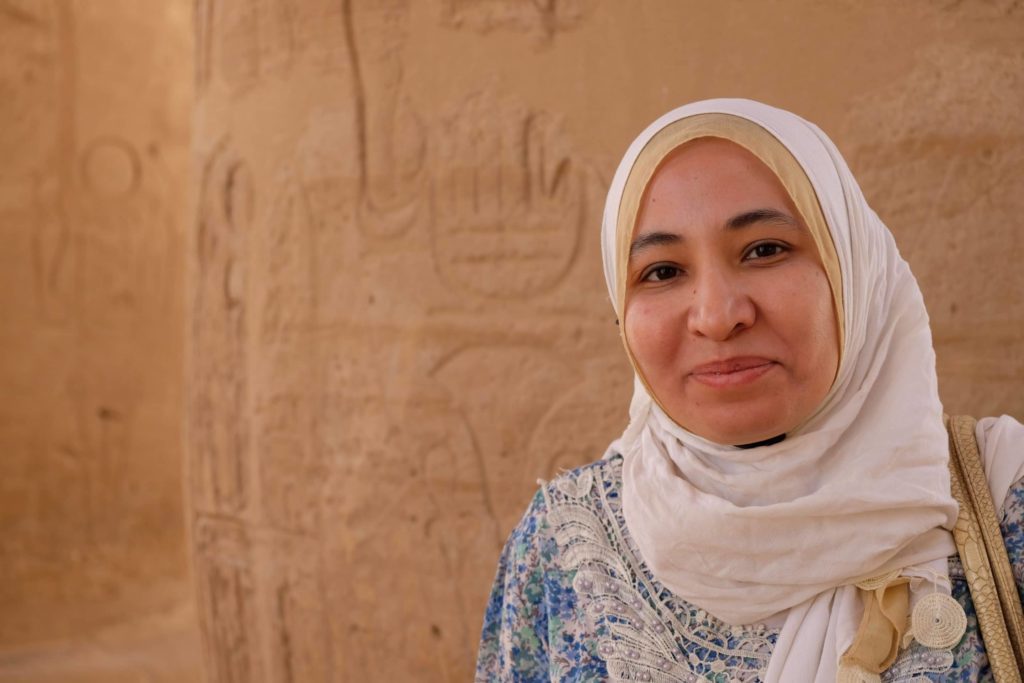
On our second day in the West Bank, we began with a dawn hot air balloon ride. Floating high above the West Bank provides a picture of how the desert, Nile river, and fertile land around Egypt’s river work together to shape Egypt, the people who live there, and the ancient Egyptians. It provides a larger perspective and some unique photography moments. We then explored the Village of the Artisans (and a few of their tombs), Tombs of the Nobles (including Ramoses’ tomb, one of the most fascinating and artistically significant tombs in Egypt), the Ramesseum, Ramses III’s mortuary temple (Medinet Habu), and Seti I’s mortuary temple. To travelers I often describe these less visited sites in terms of the difference between Stonehenge and Avebury. You visit Stonehenge to see the famous site then you go to Avebury to get an up-close and a far less crowded experience of the ancient stone circles. It’s the same in Luxor’s West Bank. And worth the extra day to spend some quality time enjoying these less crowded and more intimate sites.
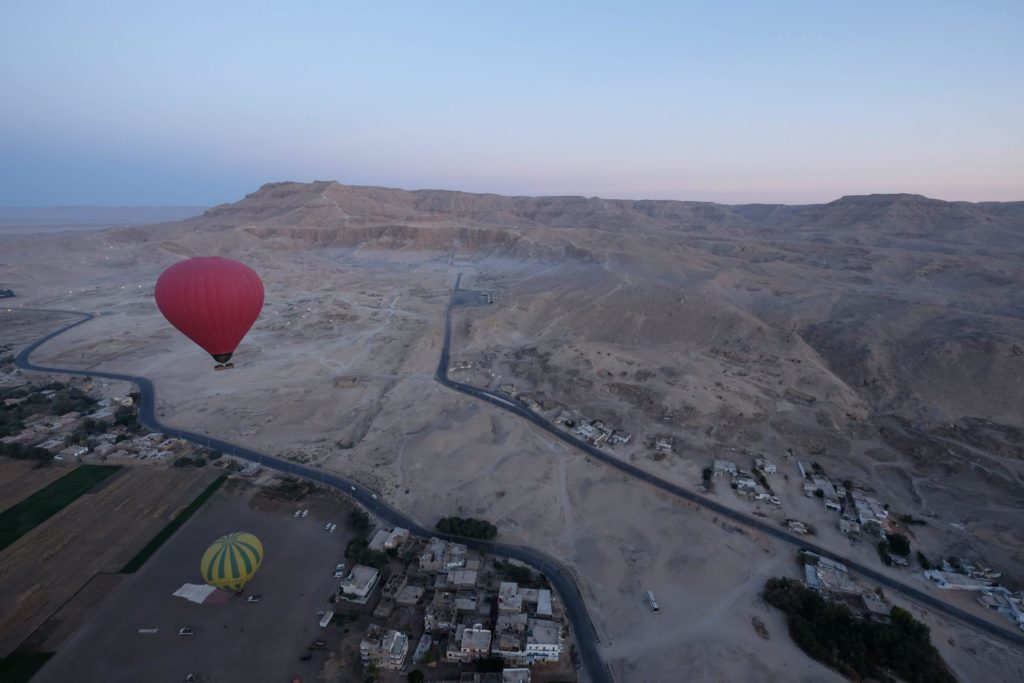
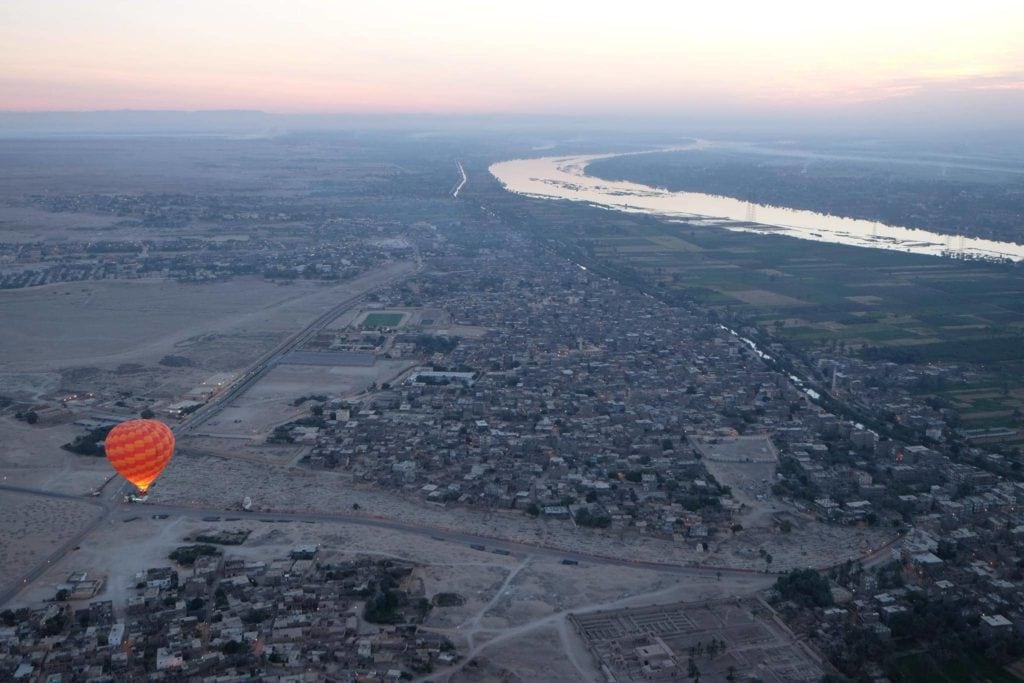
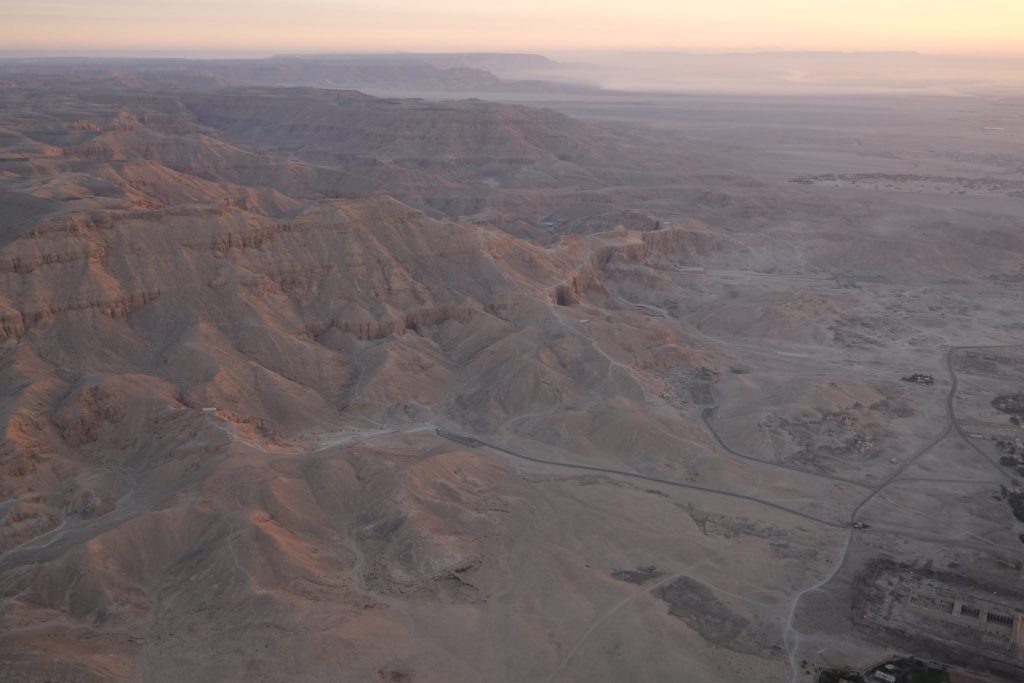
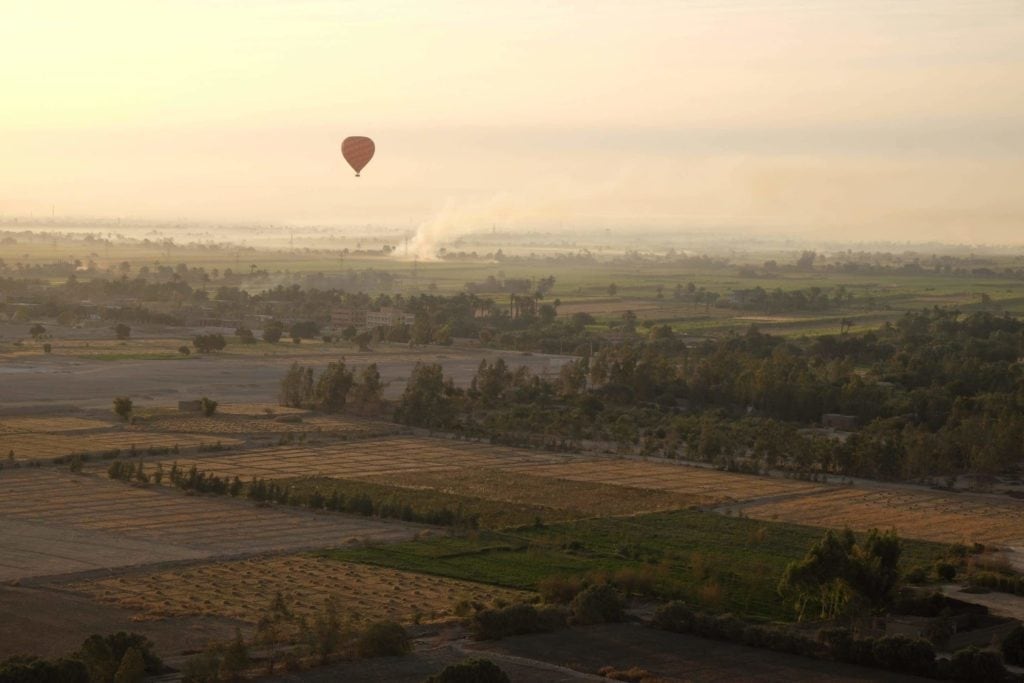
The Luxor area isn’t just known for the West Bank tombs and temples, the East Bank is also exciting with its massive, dramatic temples. Three of my favorite highlights are the massive Temple of Karnak, the beautiful Luxor Temple and the wonderfully labeled Luxor Museum.
Karnak, at over 5km, is a massive structure, give it a good half day to explore. It’s a series of temples that were built and added-on to throughout the Middle Kingdom and New Kingdom. Most of what remains is from the New Kingdom. Walking away from the main tourist sections, the Temple of Khonsu or a side chamber of the great Hypostyle Hall are great area to have a few to oneself and to imagine what Karnak was like during the Golden Age of the Ancient Egypt.
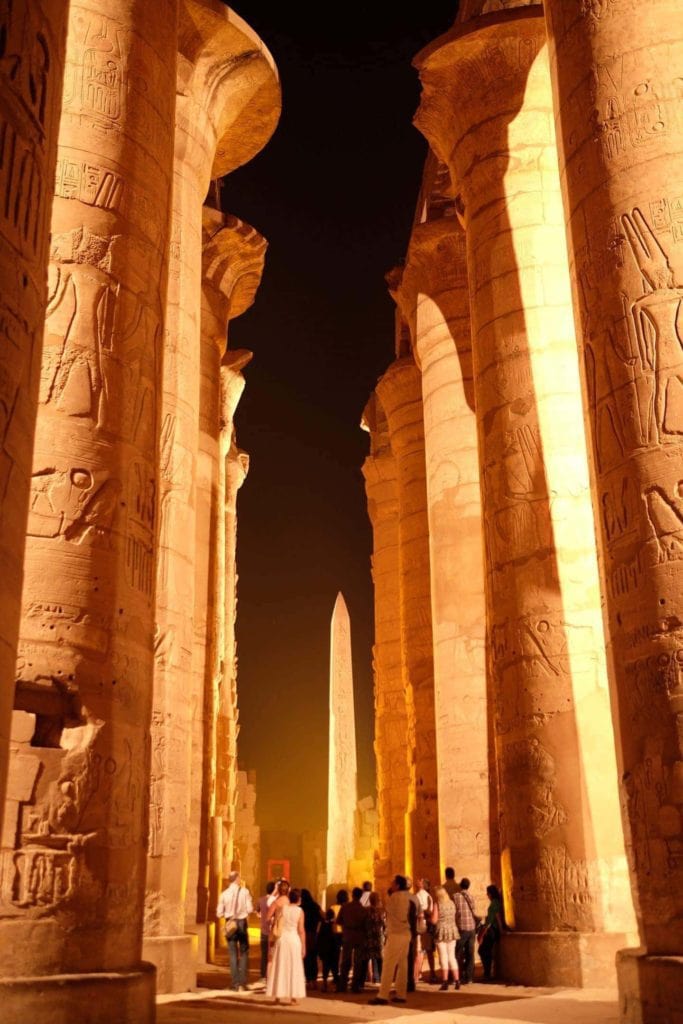
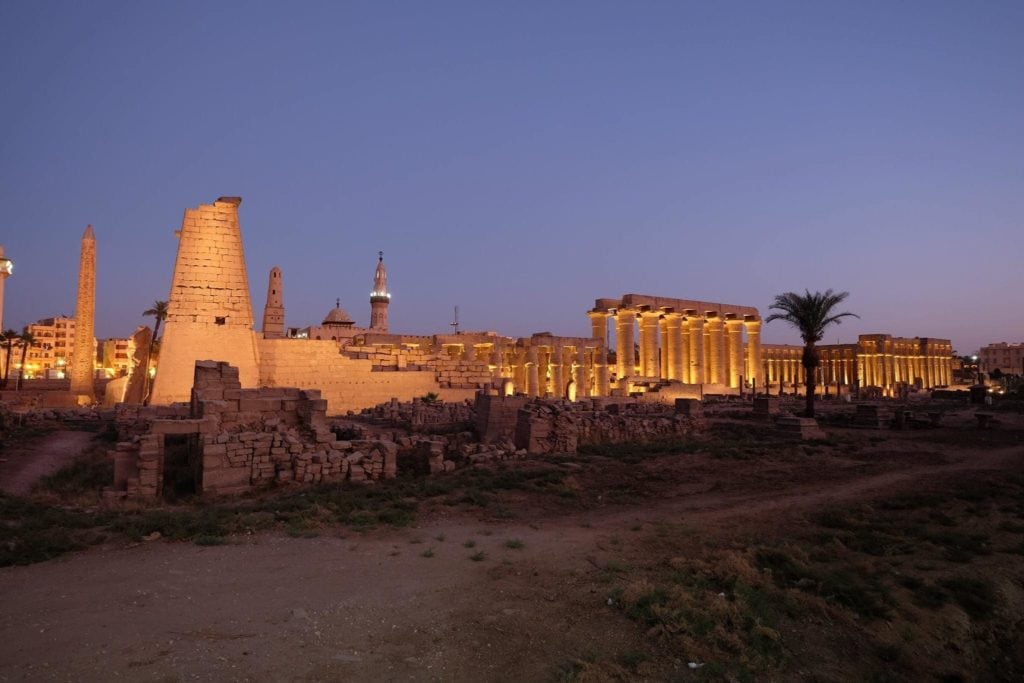
Luxor Temple is a beautifully preserved temple located on the banks of the Nile. In ancient Egyptian times it was known as the southern sanctuary. Karnak and Luxor were connected by the avenue of the sphinxes. The Supreme Council of Antiquities is currently restoring this walk way and hope to open it in the next year. The temple is lit at night and travelers can explore the grounds until 9pm. It’s a great spot for a sunset, and on this trip I took some of our travelers there to snap a few sunset photos.
During, this visit in Luxor we dined at two of my favorite restaurants. Sofra is the best Egyptian place in town. It’s located in a beautifully restored historic house. The food is excellent and the atmosphere matches the quality of the cuisine. My other favorite dining spot is the As-Sahady Lane Restaurant. Located on the terrace of the Nefertiti hotel, it’s a great place to enjoy Egyptian tapas (Tahini, Hummus, Baba Ghanoush), or a wonderful Egyptian grill and watch the sunset over Luxor Temple (It has the best view in town.).
Our ArchaeoAdventures’ 14-Day ‘Best of ‘ Tours at this point usually take a 3 day Nile Cruise from Luxor to Aswan (or vice versa depending the direction we’re running the itinerary). But for this small private tour, the travelers opted to instead drive from Luxor to Aswan to spend more time in the Aswan area. Driving through the south of Egypt is a unique, and fascinating way to see the country side. And of course, no trip south is complete without visits to Edfu and Kom Ombo Temples. Arriving at Kom Ombo mid-day we beat the crowds and cruise boats (which all arrive for sunset) and we able to enjoy this beautiful temple to Sobek (the crocodile-headed god of the Nile) all to ourselves.
Arriving in Aswan, I am always struck by how different it is than the rest of Egypt. The sandy, golden desert dotted with black, volcanic outcroppings; the wide, slow flowing Nile; and the traditional feluccas weaving their way between the river islands feels more Africa than Egyptian. In Aswan, the air is clean, life revolves around the Nile, there are nature reserves, and the desert seems wild. On one bank is the sandy Sahara, on the other bank is the rugged and rocky Western Desert. Aswan is one of my favorite parts of Egypt and it’s a shame more travelers don’t get down there. When folks ask me where to go in Egypt and what to visit, I always recommend Aswan. The town is more laid back than Cairo or Luxor. People are very friendly. And geographically Aswan is unique, located in the very south of Egypt. In ancient times the land was known as Nubia. The Nubian culture is still strong in Aswan. You can take a felucca or small boat to one of these Nubian villages and learn about Nubian customs and culture.
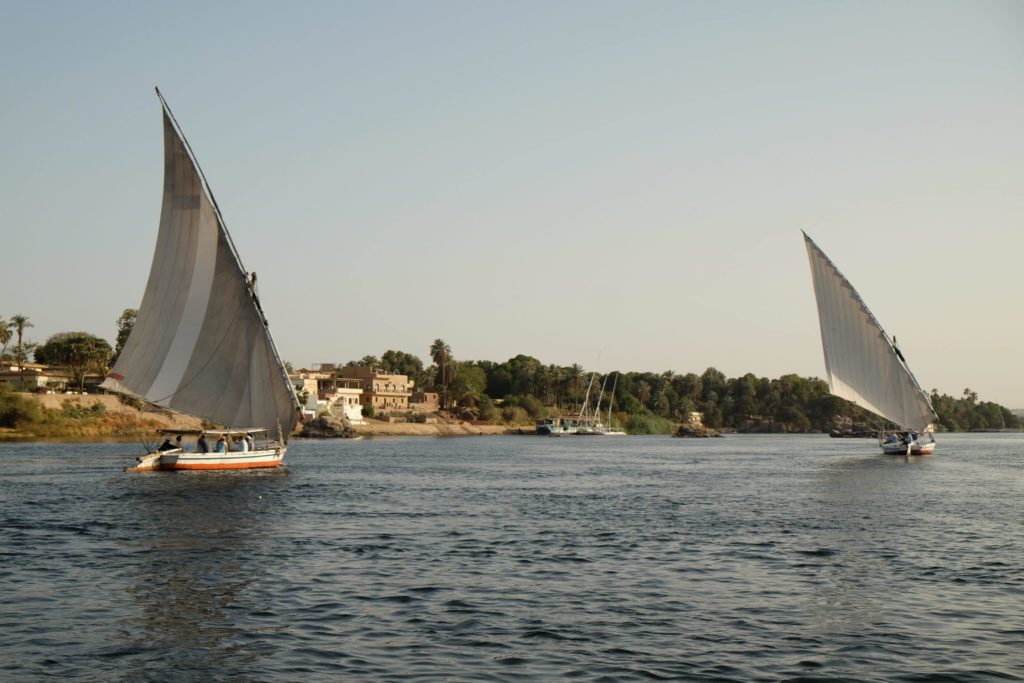
When visiting Aswan, I recommend staying for at least 2-3 days. While in Aswa, we saw one of the greatest PR statements at Ramses II’s Abu Simbel, dined on fabulous Nubain food on Elephantine Island, noted how both modern and ancient Egyptian recorded the height of the Nile on the Nilometer, learned about the Nubian culture from our awesome Nubian female guide, Fatima, and explored the First Cataract by boat. Abu Simbel is always a highlight when visiting Aswan, and never loses its dramatic impact. Ramses II’s impressive edifice to himself, and one of the earliest large scale PR campaigns, is made even more impressive by the cutting edge, colossal task undertaken to move the entire temple when the High Dam was built. Moving the temple to higher ground saved it from the rising waters. Located in the very south of Egypt, the Abu Simbel can be visited by plane from Aswan or Cairo, by boat (it takes 4 days from Aswan) or by car (it’s a 3 hour drive each way).
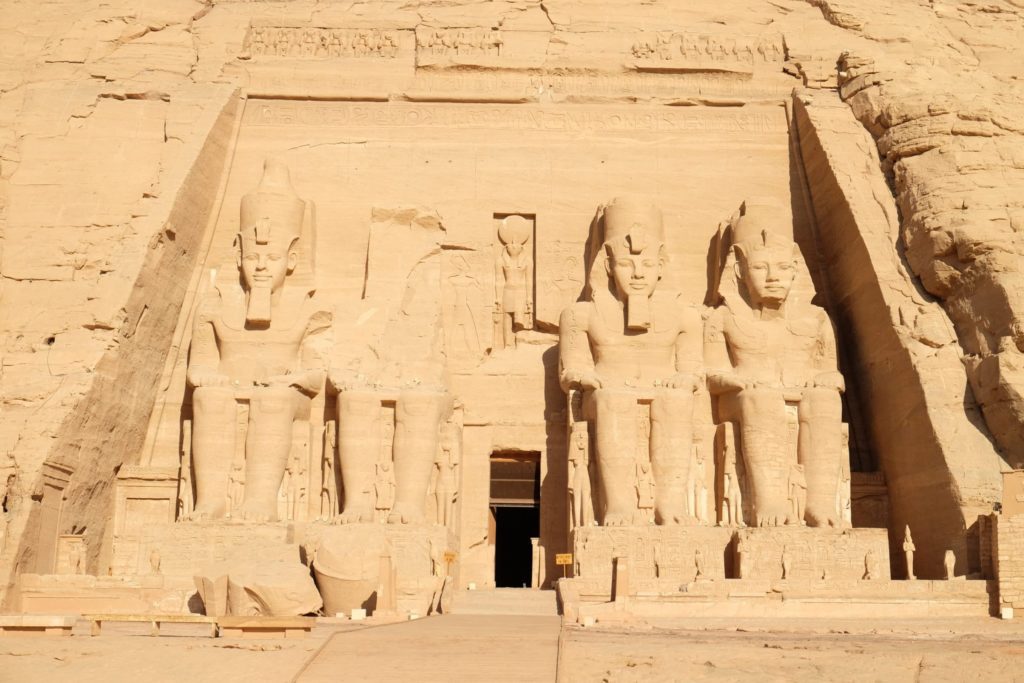
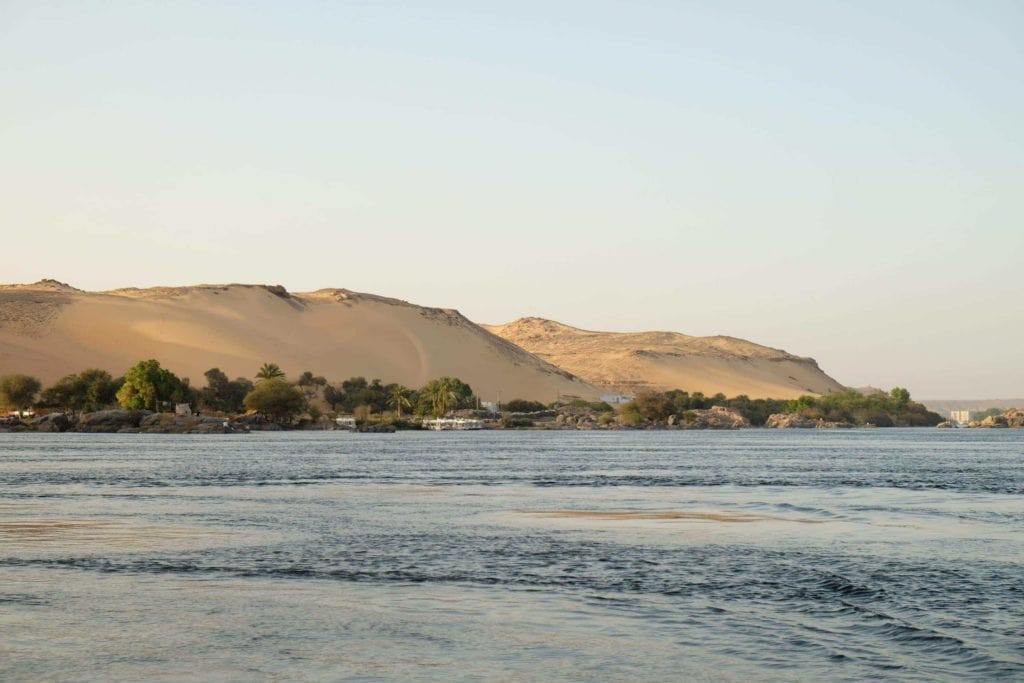
Heading back to Cairo, I said goodbye to my little group of travelers. It was such a treat to be able help them explore and experience Egypt. I love facilitating great travel experiences and put all my Egypt travel knowledge to work helping others experience the magic, mystery and fascinating culture of Egypt.
I’m always sad to say goodbye to Egypt. There is something magical about this place that has always drawn me back. I’ll be back in November with a group of ladies traveling around Egypt on our exhilarating 14-day ‘Best of ‘ Egypt Tour. We’ll visit all these sites I explored on this trip and much more. We’ll sail down the Nile for three days from Aswan to Luxor, and we’ll spend two days enjoying the diving, snorkeling, and relaxing on the beach on the Red Sea. We still have a couple of spots available for this trip. If you’re interested in joining me on this trip of a life time email me at [email protected].
See you #OnAdventure! Until then happy travels.
– Genevieve



